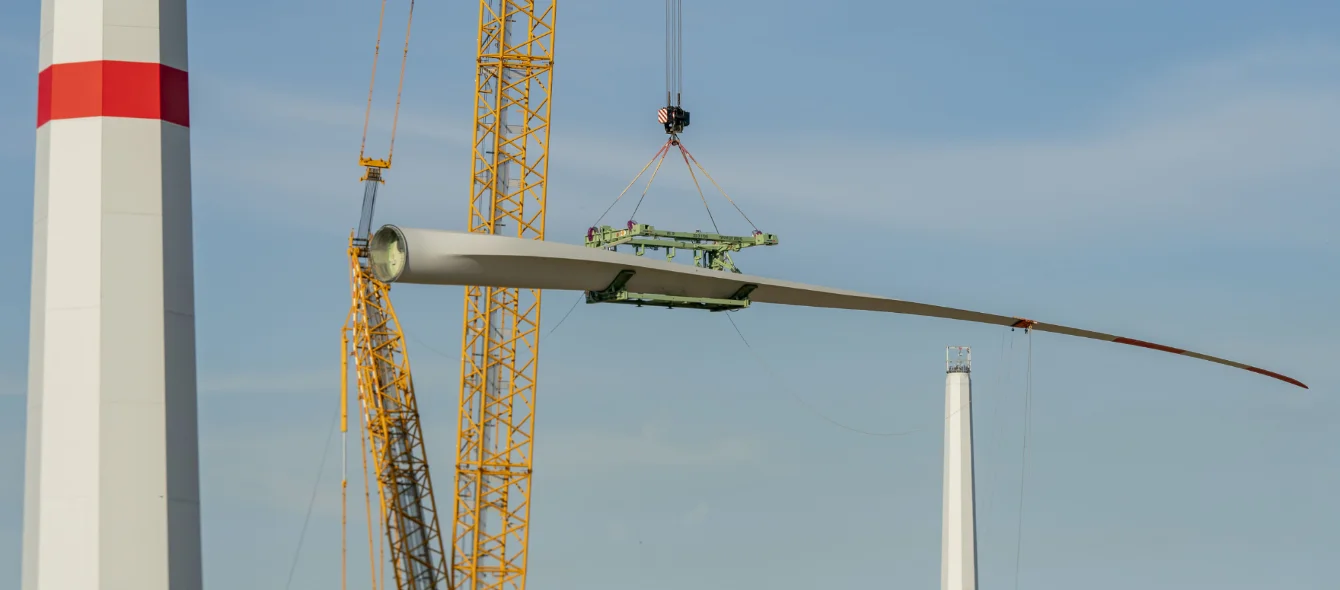Within the energy industry, there is widespread consensus that electricity markets in the European Union will grow substantially. After all, demand for electricity will increase significantly before the end of this decade, commensurate with the rising number of new EV registrations and the start of hydrogen production. In view of the European Green Deal, there will thus be a greater need for electricity from renewable energy sources. Meeting this rising demand will require a massive build-out of generation capacity, which will draw billions in investment – another apparently inevitable development. What remains uncertain, however, is the design of the future European energy system and whether the EU will achieve its self-imposed goal of net-zero emissions by 2050. Consulting firm Deloitte has developed various scenarios and published them in its latest study entitled ‘The Future of Energy is Growth’.
Based on calculations by the study’s authors, a walloping four billion euros must be spent on the EU-wide expansion of renewable energy through to 2050. They find that this sum is required to ensure that generation capacity is increased enough for 90 percent of demand for electricity to be met by zero-emissions sources of energy. Working in tandem with carbon capture, e.g. through reforestation, this would put the climate target within reach. Funds earmarked to hit it should be invested in new solar farms as well as wind turbines on land and at sea. Photovoltaic (PV) capacity would have to grow from an estimated 280 gigawatts (GW) in 2025 to 860 GW in 2050. During the same period, offshore wind would have to jump from 20 GW to 350 GW, with onshore wind advancing from 200 GW to 580 GW.
Focus on wind and solar power
Experts predict the need to start investing up to 70 billion euros per year (€bn/yr) in wind energy and up to €40 bn/yr in solar PV very soon. They believe capital expenditure should have reached a level of about €180 bn/yr by as early as the end of the decade. Conversely, in the period thereafter, a significant decline in the cost of renewable technologies is anticipated. This is the long-term trend identified by the experts – irrespective of the price fluctuations caused by the rising cost of raw materials which can be witnessed at present. Furthermore, they state that technological progress and increased availability would ensure that expansion did not lose steam even on the back of a reduced investment volume.
In addition to the level of investment, the real trajectory of the energy transition in the EU and its member states in the years ahead will depend on a host of additional factors. Therefore, the authors also evaluated the most important political, technological, societal and environmental trends. On this foundation, they created four scenarios outlining the potential development of the energy system through to 2050:
- Happy EU-lectrons: Here, experts worked on the assumption that a single EU electricity market will have been established by 2050. The COVID-19 stimulus package has paved the way for substantial investment in the 2020s. The key ingredient is a focussed approach at the EU level, including resolute carbon pricing. This enables a strong expansion of renewable energy, which can meet substantially increased demand for electricity caused by the rapid rise of new EV registrations and hydrogen technologies. The energy transition is successful in the EU and the climate target is achieved.
- United in Tech Diversity: This scenario builds on the hypothesis that EU member states have come closer together in reaction to significant geopolitical tension around the globe to achieve various goals, including becoming less dependent on imports. This paves the way for extensive measures taken at the European level and spurs the energy transition. The result is lively competition among technologies and energy sources. Money is spent not only expanding renewable energy and building a hydrogen economy, but also on other areas such as nuclear energy, the continued development of e-fuels, and methods to store carbon dioxide. This course also leads to carbon neutrality.
- Two Steps Forward One Step Back: As one can guess from the title, in this scenario, member states have failed to work towards common goals in the energy transition. Isolationist pursuit of interests and insufficient financial recourses under the Green Deal lead to a standstill. Many countries thus continue to depend on fossil fuels, while others have undertaken to implement the energy transition nevertheless. However, the bottom line is that these efforts have fallen short and the EU has missed its climate target.
- Green Lone Wolves: This projection also envisages member states failing to take a common approach. The culprit is a major political logjam at the EU level. Member states have to go it alone owing to lacklustre legislation and insufficient subsidy programmes. This has led to all countries competing against each other to achieve the climate goal alone. The upshot is a host of concurrent energy systems that are largely isolated from each other. As a result of this uncoordinated approach, the EU is not carbon neutral yet in 2050, although it does not have much farther to go.
The four scenarios demonstrate that determination in taking a common European approach will be key to the success of the energy transition. As set out by the authors at the end of the study, this goes hand in hand with major uncertainties for industry: Power utilities have to prepare for strong growth, but they cannot foresee the challenges they will face along the way. Besides substantial investments, this calls for a flexible strategy that can be adapted to changes in the economic, political and technological landscape.
